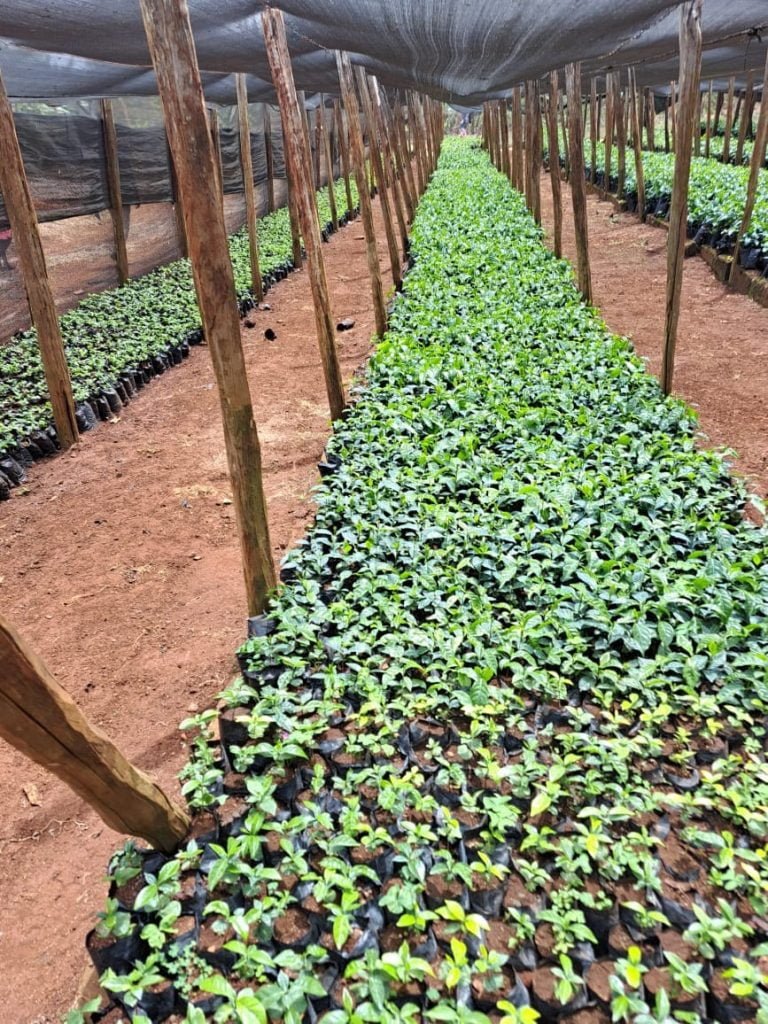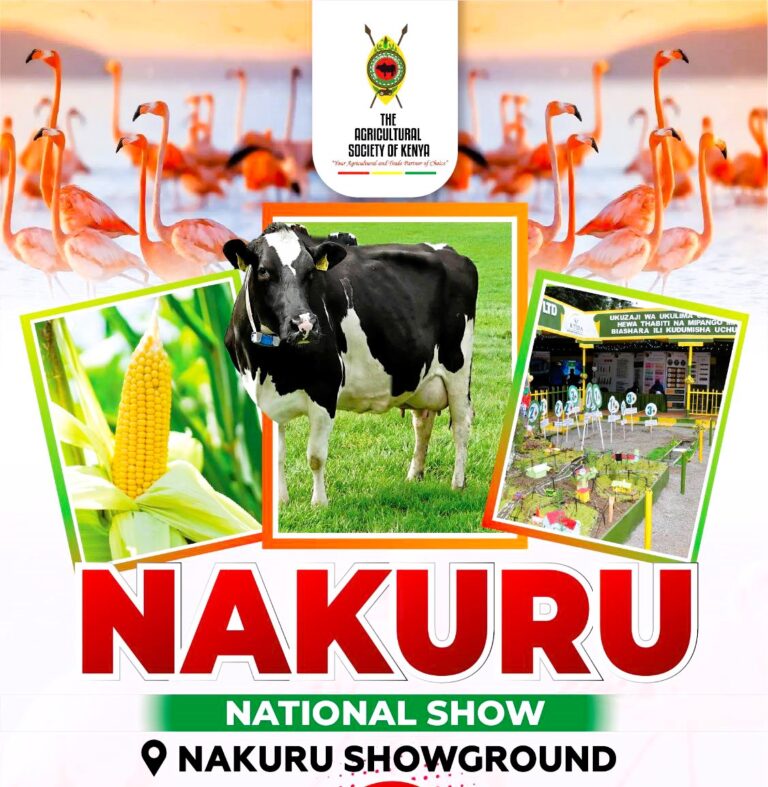The new livestock regulations being formulated will change the way animals and their products are traded if they are passed. The Livestock Identification and Traceability System Regulations, 2019, which form part of the Animal Health Act, 2019 provide strict guidelines on identification of livestock and will make it easy to trace the source of their products in the market.
The regulations will give a standard outline that will help in identifying and tracking livestock products from the origin. To achieve this, no animal will be allowed into a slaughterhouse without an identification device. Each county director of veterinary service will keep accurate, up-to-date and reliable data of animals. The county veterinarian chief will also be required to register all establishments, farm holdings or premises where animals are kept, and issue animal identification numbers consisting of not more than 15 digits. The Veterinary Director-General shall appoint a National Livestock Identification and Traceability System registrar who shall be the custodian of the central database.

These Regulations shall apply to all animals born in Kenya or imported into Kenya and their products.
Here are some of the main highlights of the proposed regulations.
Establishment of Kenya Livestock Identification and Traceability System
- There is hereby established a Livestock Identification and Traceability System to be known as the Kenya Livestock Identification & Traceability System.
- The system for identification, registration and traceability of animals shall comprise of:-
a) identification devices to identify animals individually or in groups;
b) electronic readers and data transmission devices;
c) registers kept by individual livestock owners;
d) county registers kept by County Directors of Veterinary Services;
e) a central database managed by the Director General;
- The Director General shall, in consultation with the County Directors of Veterinary Services, be responsible for implementation of livestock identification, registration and traceability in Kenya.

Establishment of a central database
- The Director General shall:- a) set up a computerized central database for management of National Livestock Identification, Registration and Traceability; and b) determine permission levels for each access level; c) issue passwords and access to County veterinary services; d) approve and issue passwords and access to the central database for service providers including financial and insurance service providers;
- central database access passwords shall be user-specific and shall not be shared or transferred.
- the central database shall include the following features;
a) capacity to accommodate data on animals, owners, and premises;
b) provide safe data storage in a government approved site; b) scalable c) accessible through a government portal;
d) interoperable with other systems; and e) have user feedback mechanisms
- the central database shall, at least contain, for each animal: –
a) the identification number;
b) date of birth;
c) sex;
d) breed or colour of coat;
e) identification number of the dam or sire; or, in the case of an animal imported from a third country, the identification number given following inspection and the corresponding identification number of origin, if any;
f) address of the premises or holding where the animal was born;
g) address of all premises holdings where the animal has been kept and the dates of each change of holding; and h) date of death or slaughter. i) animal health and movement records
- Information shall be kept in the central database for a minimum of five years after slaughter or death of an animal.
- the database will be regularly updated;
- Any person who gives false information or contravenes the provisions of this regulation shall be guilty of an offence
Identification devices and identification of animals
(1) The Director General may from time to time through Kenya gazette declare any other animals to be registered.
(2) All livestock devices for use in the country shall be approved by the Director General as per provisions provided in (Schedule I);
(3) Every livestock owner shall ensure that his animals are correctly identified.
(4) Owners of livestock or livestock products may use complimentary identification systems and devices so long as the complimentary system or device shall not replace or compromise the adopted national livestock identification system or device.
(5) The Director General shall, in consultation with County governments determine an appropriate colour coding of ear tags for animals in particular counties, zones or compartments.
Declaration of livestock identification areas and livestock to be identified
- the animals to be identified are as prescribed in Schedule III; (Large food animals: all breeds of cattle in intensive, commercial, extensive or traditional production systems)
- Livestock identification and registration shall be mandatory in areas declared by the Director General.
- Notwithstanding the provisions of sub-regulation (1), the Director General may prescribe other specified areas, zones or compartments for livestock identification and registration as per provisions in Schedule IV;
- The Director General shall declare livestock to which specified identification devices shall apply.
- All declared animals shall be identified by, at least one device
- Any person who contravenes this Regulation shall be guilty of an offence
Period for application of an identification device
(1) The approved identification device shall be applied to the animal within the first month of birth.
(2) No animal shall be moved from its place of birth before application of an identification device.
(3) Any person who has an animal older than one month found without an identification device shall be guilty of an offence.
(4) An animal shall retain its identification device throughout its life.
Sale and acquisition of animals
- The owner of an animal shall, within fifteen days of selling an animal, notify the County Director of Veterinary Services (Schedule IX);
- Sold animals shall bear their original identification devices and identification codes.
- Any person who acquires an animal that already bears means of identification shall, within fifteen days of that acquisition, notify the County Director of Veterinary Services of the county where the animal is kept about his acquisition for update of records in the county register and central database.
Establishments, farm holdings and premises to be registered
- Each County Director of Veterinary Services shall: –
- a) register establishments, farm holdings or premises where animals are kept in his county according to a format provided by the Director General (Schedule XII);
b) ensure that the register under this Regulations is constantly updated and kept in secure custody;
c) promptly enter accurate information from the establishment, farm holding and premises register into the computerized central database.
- A County Director of Veterinary Services may delegate the function of registration of establishments, farm holdings or premises to an inspector appointed under these Regulations.
- For each establishment or premises an identification number consisting of not more than 15 digits, apart from the country code, name and address of the holder shall be recorded by the County Director of Veterinary Services
Animals presented to slaughterhouses to bear identification devices
(1) No animal shall be presented to or accepted in a slaughterhouse without an identification device.
(2) Any meat for sale to the public shall only be sourced from a slaughterhouse to which it shall be traceable by means of a certificate of transport or any other means prescribed by the Director General.
(3) The certificate of transport of meat shall be as prescribed in the veterinary Public Health Act and shall bear the identification number of the animal that gave rise to the meat. (4) Any person who contravenes this regulation commits an offence












